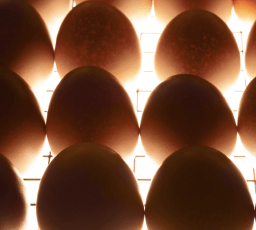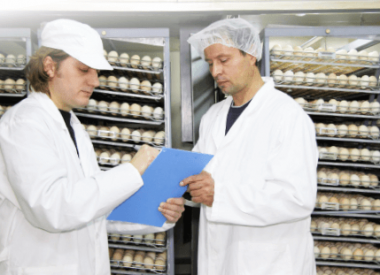Hatchery
Reduce your hatch window with these three recommendations
To read more content about 2019
Hatchery
To read more content about 2019
Content available at:
Español (Spanish)
Improving hatch windows can positively affect uniformity and quality of day-old chicks, as well as their future performance.
For this reason, we’ve put together some key tips based on studying hen behavior. This guide can help in reducing hatch window time, thus improving the performance of your chicks.
Egg restoration
Storing eggs for more than 7 days decreases their hatchability.
In fact, the longer you store the eggs, the more progressive the decline in hatchability.
Eggs in storage undergo a higher embryonic mortality rate between the first and third days of incubation. Inevitably, they will require more hours in incubation to complete their cycle. Consequently, some living chicks will be rejected on hatch day, since they either hatched too late to be processed, or they were not mature enough to go to farms and will face difficulties to survive or grow optimally.
To reduce the hatch window, eggs stored for long periods must be brought to a more uniform stage of embryonic development before incubation. As for eggs stored for short periods, it will still be beneficial to restore them, as it reduces variability.

Restoring the hatchability of stored eggs is made possible by applying a heat treatment prior to incubation.
However, it is crucial to precisely control key incubation parameters.
To achieve consistent benefits, accurately measuring and controlling eggshell temperature is a must. The same applies to controlling and homogenising the heating and cooling phases of the eggs.

Thermally balanced loading
Flock mixing is quite common in modern, large-scale hatcheries. However, you need to load the machines in a pattern that seeks the best possible balance and uniformity. Understanding airflow distribution is critical in achieving greater thermal uniformity and reducing hatch window.